If change is all about people, why are we missing the obvious?
When confronted with a big organizational change, the hard part isn’t changing the processes, or the structure, it’s all about people. And while the most popular change methodologies do focus on people, they’re not focusing on the right things.
To understand change, we also need to understand human nature. As I’ve stated before, we humans love homeostasis! Which means that, we like to conserve energy. When we understand something and get good at it, we naturally optimize to conserve energy, thinking and brainpower are scarce resources! When we introduce change, it sends our human coping mechanisms into overdrive. Suddenly, things get hard again, because we have to learn something new, and carve out new pathways in our brain to make it stick. This is why we continually want to go back to the old way of doing things.
But, organizational systems are built by humans! The way we have designed our environments and ways of working, are all about making it easy for us. So how do you approach change successfully when it is all about people?
The most popular change and transformation approaches offer us clues, but miss the most obvious change success factor.
The two most popular ways to design people-focused change
One way to approach this is top down, using authoritative leadership. This approach, popularized in the 8-steps of Kotter’s method, focuses on using authority to gain compliance, or using the power of authority to gain a following by virtue of your high rank in the organization.
The second way is to look at the individual journey through change. So how does an individual need to be prepared to make a change when it arrives? This approach is popularised in PROSCI’s method of preparing an individual for change in the context of an organizational transformation.
But these methods meet with a considerable amount of resistance. Why is that?
Both approaches, focus on the relationship between the change leader and individuals in the organization. They are individualistic models. They focus on one person’s relationship with change and seek to change them one at a time. The assumption is that people respond and react in similar ways to change, and it is about walking them through the process as individuals.
What’s missing is our relationships to each other in the context of change.
What’s missing? The power of relationships
I’ve worked with both change approaches throughout my career, and I noticed that while the individual approach was great to design a high-level change plan and look at the stages, it didn’t help with how people adopt and implement change. I found that the people I was working with couldn’t connect with the change, or the future state in a meaningful way. Change not only disrupts how we pattern our lives and work, but it also disrupts our relationships, the understanding of social hierarchy, group dynamics and importantly how we relate to each other. While the individual approach didn’t work, I found that people were able to internalize and implement change when we did it within the context of the groups they were a part of by looking not only at the individual change models, but also at group development and dynamics, social change and group design.
Have you heard the saying: “you’re the sum of the 5 people you spend the most time with?” The idea is that we are more influenced by the people we choose to surround ourselves with that by just our own thoughts and actions. People are social in nature, and this is true in organizations as well. Especially in Change. Within the organizational context, we are surrounded by our peers, colleagues, and of course, those who have power and influence within that environment.
The relationships between people within the organization have the most impact on how people change and how sustainable the change is. Its more powerful than whether your leader asserted enough authority, or whether you got training and reinforcement for the change.
This is why I developed Connected Change ™, because using just two aspects of leading people through change wasn’t enough. Influence is more important than power in many cases, and organizational politics, and culture are also hugely important. Our relationships and the group dynamics of how decisions are made, and how people work together have an important role in the success of change immediately, and over the long term.
In Connected Change ™ we ignite the relationships and connections that make change happen in communities and organizations. While leadership and ensuring that people have the preparation and tools for change is part of that, it is more about the dynamics of the various groups in the organization and relationships at a micro and macro-organizational level that makes change and transformation successful and sustainable.
If you liked this post, you’ll find more from us in our monthly Navigator Newsletter. We share exclusive content and free resources with our subscribers. Don’t miss out, sign up today!
We also have a weekly podcast - Listen to the Change Course podcast on your favourite podcast app!

